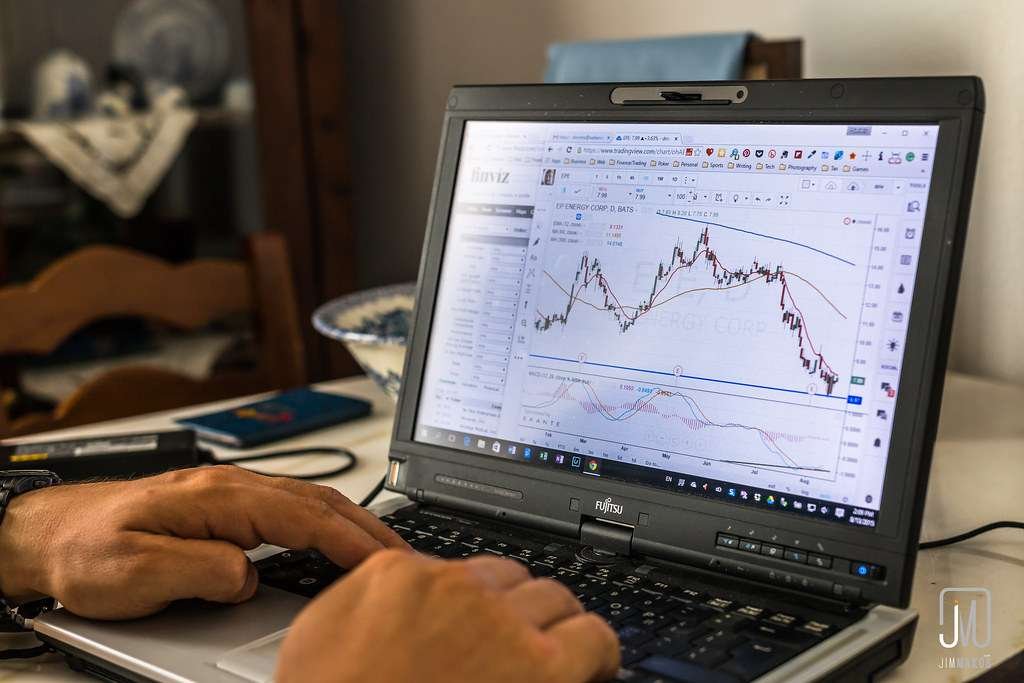In commercial reality, every company wants to stand out and achieve a competitive advantage. The difference between a product and a commodity is a powerful tool for companies’ independence, safety, and longevity on the market. These concepts seem to be the same, they actually stand for different topics that address the complicated web of global trade, production, and consumption. Here is the comprehensive difference between product and commodity in this blog.

What is a product?
A finished product represents the result of complex technologies and studies that transform raw material into a product, satisfying the customer at the end. We will discuss the value chain, which is made up of a variety of activities from designing and manufacturing to branding, marketing, and distribution.
Through products, consumers get to physically express their needs, and there is a huge demand that varies depending on the consumer’s psychology and position in the market.
Types of Products:
Consumer Products: These are goods of general consumption that are consumed indirectly by consumers. It might include goods like electronics, clothing, and food.
Industrial Products: These are those materials that are not related to the final output of certain goods and services. These are also important in the production of such products, e.g., factories, tools, and raw materials.
Luxury Products: These goods stand out for their premium quality, limited availability, and prestigious image. They target audiences willing to invest more in traditional products.
What is a commodity?
The creation of commodities is different from the production of products. The creation process revolves around using raw material or basic goods, rather than relying on product or service. These natural sources are integral to the extraction, culture, or harvesting of goods. These products are then anchored with little or no alteration in the manufacturing chain.
Commodities also include goods, like agricultural products including wheat, corn, and cotton. Moreover, the natural resources equal crude oil, natural gas, and metals such as gold and silver.
Commodities can also be traded in the spot market, where goods are bought and sold upon immediate delivery and settlement. It also traded for the purpose of spot settlement of prices; the goods are looked at instantly as supply and demand dictate.
Investors will use different trading strategies within the commodity markets. Some strategies are, trend following, spread trading, and arbitrage. Investors use these strategies to earn profit or generate returns from price fluctuations and market irrationalities.
Types of Commodities:
Agricultural Commodities: The offered trades range widely, encompassing goods, crops, and other agricultural products traded on commodity exchanges. Their prices depend on factors like weather conditions, crop yields, and global food demand.
Energy Commodities: These include both traditional fossil fuels as well as renewable energy sources like solar and wind power.
Metals and Minerals: These include precious resources such as gold and silver, as well as base metals such as bauxite, aluminum, and iron ore. These are required for construction, manufacturing, and infrastructure development.
Difference between product and commodity:
A prime difference between product and commodity is that commodities may be viewed as existing in the chain of production and consumption. The products only stand among the culmination of all the value-adding processes implied for meeting the needs and wants of the respective consumers. Such goods vary depending on branding, identification, and marketing. This enriches their product by adding that extra value and imagination that makes them appear superior to others.
The commodities, however, are segregated from luxuries, commodities, or services that are conversely produced by firms or are uniform in nature. Meanwhile, commodities in their natural form are often traded on global markets with a minimal addition of value before being traded there. The prices, in turn, are determined mostly by factors such as global supply and demand dynamics, geopolitical tensions, and macroeconomic indicators.
Products can have distinctive features, branding, and value-added attributes. Therefore, companies can choose the products as they wish. They have the characteristics to compete with similar products in the targeted market or command a premium price.
An example is commodities, which are homogenous non-brand trades facing global supply and demand fundamentals. This market has little room for differentiation or branding.
Product prices are determined by factors such as production cost, branding and marketing, consumer buying power, and varying margins between different product categories, causing the price level and net profit margin to flutter between different categories.
Nevertheless, things are different as far as spot commodity prices are concerned. Global supply, demand, geo-political events, weather, and macroeconomics shape price volatility in commodity markets.
Conclusion:
Overall, the products and commodities loom big and are essential for a thorough understanding of how commerce in markets worldwide. Difference between product and commodity can easily express as; products actually satisfy the physical and emotional demands of consumers. By contrast, commodities lie at the base of the production process. As they have for centuries, supplying the industry with the basic resources and inputs of the manufacturing processes.
Organizations can create tailored strategies by acknowledging each other’s unique strengths and roles, harnessing the best of both commodities and products. This approach fosters long-term success and competitiveness in our ever-changing economic environment.




